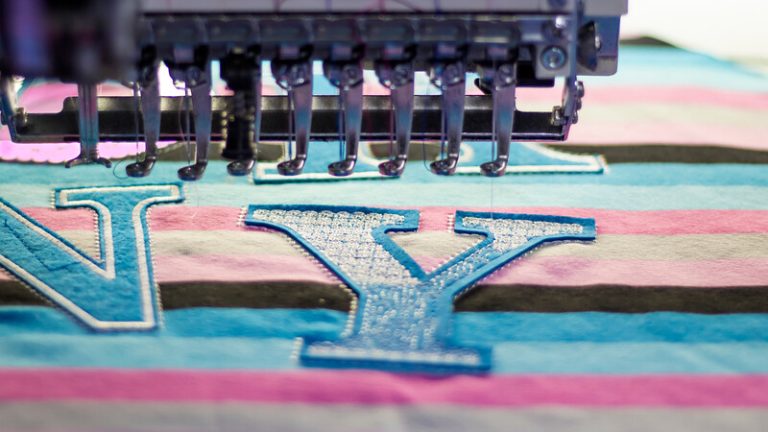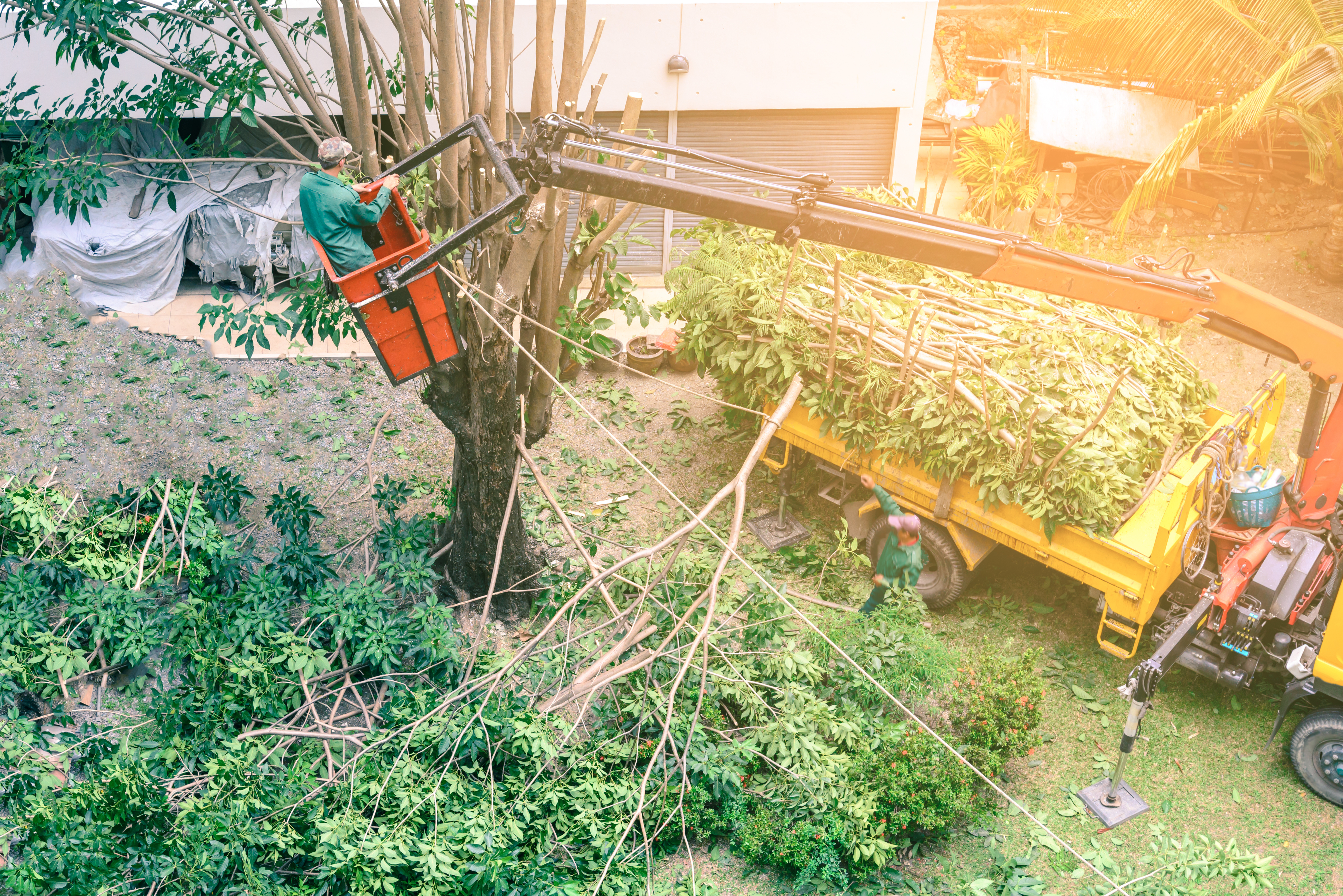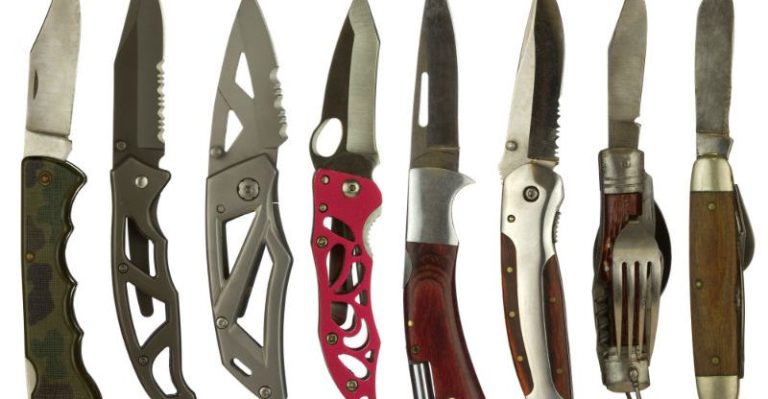When you install marine electrical wiring, you must take many things into consideration. For example, a number 12 AWG marine primary wire application should not have the same terminals or over current protection as number 10 wiring. This may seem like common sense, but in some repair operations these mistakes can be made and it can result in disaster. Here is information on marine wire installation, to ensure the best results.
Fire Protection
The most important reason for over current protection is fire prevention. One of the most common sources of boat fires is electrical system shorts and failures. A short circuit can create an enormous amount of current flow and this can heat the wiring, causing it to melt. In cases of severe shorts, wiring can literally burst into flames.
One of the best preventative measures for shipboard fires is proper over current protection. This can be accomplished with circuit breakers and fuses. However, even the finest circuit breakers or fuses can fail to protect if they are not properly sized. In addition, the placement of the current protection is vital, as it must be installed as close to the circuit as possible.
You might think that sizing would be dependent upon the amperage draw of the electrical circuit, but this is the not the case. Size is dependent upon the ampacity of the wiring. For example, if you are using number 12 AWG primary wire in the circuit and also number 16 wire, you must size the breaker or fuse for the smallest conductor in the circuit.
According to the Boat Owners Association of The United States, when number 12 marine wire is the smallest conductor, the limit is 38 amps interior engine space and 45 amps for exterior engine area applications. For circuits passing through engine space, always use the interior rating, due to the higher ambient temperatures. Also if you do not have a perfect match between conductor and breaker ampacity, you can go with one hundred and fifty percent ampacity for the breaker. However, it’s fine to use an over current protection device under the maximum rating, as long as it will function without frequent tripping.
Accessories
When wiring accessories to the battery, they should include inline fuses, when there is no available circuit breaker protection.
Other Safety Considerations
Whenever possible, avoid terminations near water or damp sections.
When wiring within three feet or one meter of a compass, twisted pair wiring is recommended.
Avoid splicing wires to create a new circuit. For safety reasons, always run number 12 marine primary wire from an electrical panel.
To avoid confusion and make future repairs easier, label wiring on both ends of your circuits.
Don’t forget to properly support all wires not placed in conduit. They should have some kind of support every one half meter (1.5 feet).







